Why Don’t WNBA Players Make More Money?
The issue of pay and compensation is, quite often, a contentious one. And within the world of sports, the gender pay gap continues to effect the varying men’s and women’s leagues. With the men’s leagues and players receiving noticeably higher overall compensation packages, the issue has reached the forefront in reducing the overall pay gap between the genders.
However, looking under the hood and examining the details, the issue is more complicated than it first appears. Below, we are going to look at just why don’t WNBA player make more money and what steps in the near-term can be done to narrow this pay gap.
Please note though, this article is looking to utilize basic economic models and analysis in looking into why WNBA players are, generally, less compensated than their NBA counterparts. This is not an emotional article nor is it intended to be written with bias or preconceived notions.
Rather, utilizing basic supply and demand theories, we can dig deeper and view the economic reasonings as to why WNBA players are not as highly paid as their NBA counterparts.
With that said though, we do believe there are some improvements which can be made to better improve the fortunes of the WNBA and its players. We will also review those recommendations towards the end of this article.
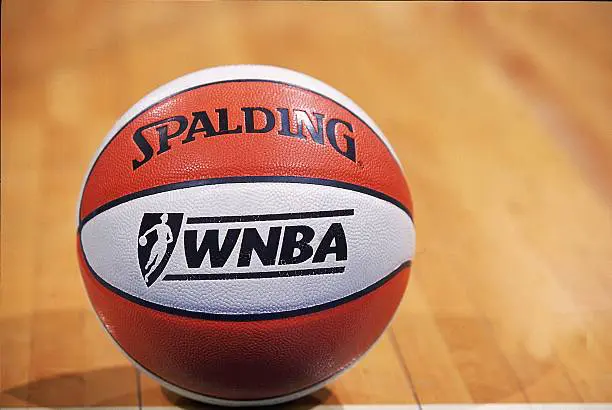
A Quick History of the WNBA
The WNBA was founded on April 22, 1996, by the Board of Governors for the NBA. Currently, the WNBA is composed of twelve teams, with the regular season being played from the months of May through September, with the WNBA All Star game being held midway through the season.
Of the twelve WNBA teams, five share a direct NBA counterpart and typically play in the same arena. The five teams include the Indiana Fever, the Los Angeles Sparks, the Minnesota Lynx, the New York Liberty, and the Phoenix Mercury.
From the remaining seven teams, the Atlanta Dream, the Chicago Sky, the Connecticut Sun, the Dallas Wings, the Las Vegas Aces, the Seattle Storm, and the Washington Mystics, none of those teams share an arena with a direct NBA counterpart.
However, four of the seven do share a market with an NBA counterpart and the Washington Mystics and the Atlanta Dream do play in an NBA G League arena.
The initial purpose of the WNBA was meant to attract and bring additional viewership to the women’s sport. In addition, by creating an exclusive women’s basketball league, the NBA Board of Governors hoped to attract female viewership to both the NBA and the WNBA.
However, digging deeper, and looking at the WNBA’s initial motto of, “We Got Next”, the purpose of the WNBA was meant to elevate the women’s sport of basketball past an afterthought and into the spotlight as a competitive, qualified, and equally entertaining league.
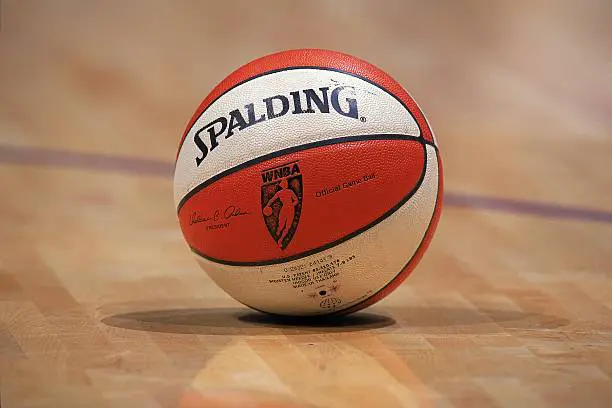
Average Pay in the NBA vs. WNBA
We’ve previously reported that the average NBA player’s salary per season currently sits at $7.5 million. Comparatively, the average WNBA player for the 2021-22 season earned a tad over $120,000, or just 1.6% of what their NBA counterparts earn per season.
And while some WNBA players are better compensated than the average, the overall total compensation is a fraction of their similar counterpart in the NBA. To highlight the point, the below table lists the top 10 best paid NBA and WNBA players with the total percent discrepancy of the WNBA salary as compared to the NBA one.
| NBA Player | WNBA Player | % Difference |
| NBA Average Player – $7,500,000 | WNBA Average Player – $120,000 | 1.6% |
| Steph Curry – $48,070,014 | Diana Taurasi – $228,094 | .47% |
| John Wall – $47,345,760 | Jewell Loyd – $228,094 | .48% |
| Russell Westbrook – $47,063,478 | Breanna Stewart – $228,094 | .48% |
| LeBron James – $44,474,988 | Skylar Diggins-Smith – $227,900 | .51% |
| Kevin Durant – $44,119,845 | Brittney Griner – $227,900 | .52% |
| Bradley Beal – $43,279,250 | Elena Delle Donne – $227,900 | .53% |
| Paul George – $42,492,568 | DeWanna Bonner – $227,900 | .54% |
| Kawhi Leonard – $42,492,492 | Natasha Howard – $221,450 | .52% |
| Giannis Antetokounmpo – $42,492,492 | Tiffany Hayes – $215,000 | .51% |
Essentially, what the above graph is saying, is that the top-paid WNBA players, Diana Taurasi, Jewell Loyd, and Breanna Stewart, are making between .47-.48% in total yearly compensation as compared to their three highest NBA playing counterparts.
And while the discrepancy in pay between the two leagues is widely known, few have pointed to the overall percentage differences between the two, which substantially highlights just how underpaid, as compared to the NBA, WNBA players are.
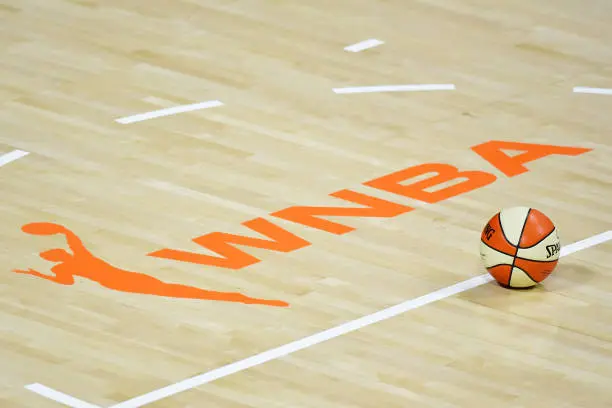
Understanding the Pay Disparity Between the Leagues
While the above-mentioned percentages definitely highlight just how sizable a difference in total compensation there exists between the two leagues, the compensation packages begin to make a bit more sense when we look and attempt to understand the revenue and profit models in either league.
- The WNBA has lost money in the last 22 years – the WNBA, in the past 22 years, has lost over $10 million per operating season, with the 2018 WNBA season seeing a loss of over $12 million. This is in spite of some of the best WNBA players playing, television ratings being up more than 30%, and merchandise sales also being up year-over-year. Comparatively, in the 2018 season, the NBA generated over $8.8 billion, increasing that sum by more than $1.2 billion over the next few years to over $10 billion in revenue.
- Ticket price differential – we’ve previously detailed the cost of NBA regular season tickets by team and found that the average price of a ticket for an NBA game hovers between $51-$90. In comparison, a ticket to a regular season WNBA game costs just a fraction of that, averaging just $17
- Limited in-game attendance – despite the relative affordability of a WNBA ticket, average in-game attendance continues to be low. While the Phoenix Storm saw a healthy average attendance near 6,000 individuals, the WNBA league average remains a hair above 2,000 individuals. The NBA, in comparison, regularly nearly sells out stadiums across the country, with NBA attendance at 92% capacity for the regular season. Per ESPN, the Indiana Pacers had the lowest attendance rates in the league and still managed to fill 85% of the seats with over 15,500 individuals per home game.
- TV viewership – it’s no secret that the bulk of a leagues revenue comes from television rights and sponsorship deals. Looking at the NFL, ESPN paid the league nearly $31.2 billion for the rights to Monday Night Football for the next 12-years. The NBA is no different, with Turner Sports, ESPN, and ABC agreeing in 2014 to pay the NBA $24 billion for a deal through 2025. The WNBA, in comparison, receives $25 million from both CBS and ESPN.
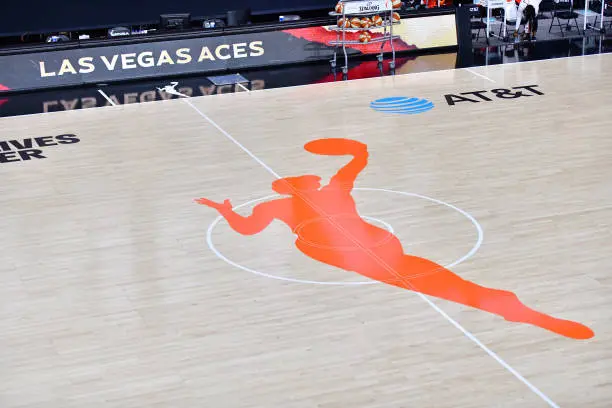
Revenue Per League vs. Player Compensation
An oft brought up concern when discussing pay disparity between the two leagues is that NBA players salaries make up nearly 50% of the leagues revenue. Wherein the NBA brought in over $10 billion, NBA players took home nearly $5 billion of that revenue.
In comparison, WNBA players collectively took home $20 million of the nearly $60 million revenue brought in by the league. Looking more closely into the numbers, it comes out to approximately 24%, considerably less than the 50% NBA players take.
And while these statistics are true, it overlooks the simple fact that the WNBA has lost over $10 million annually since its inception. By increasing WNBA player salaries to the 50% mark, WNBA players would increase their average salary to $200,000.
However, doing so is simply economically unfeasible. From the 144 roster spots in the WNBA, increasing the pay to $200,000 per player would further jeopardize the future of the league and find the league unable to warrant its expense.
The WNBA is in a cash-flow negative position year-over-year and its operations are being subsidized by the NBA. However, a business only exists to turn a profit. The NBA itself is not a non-profit and regularly overlays advertisements across the court, on player jerseys, and during short breaks.
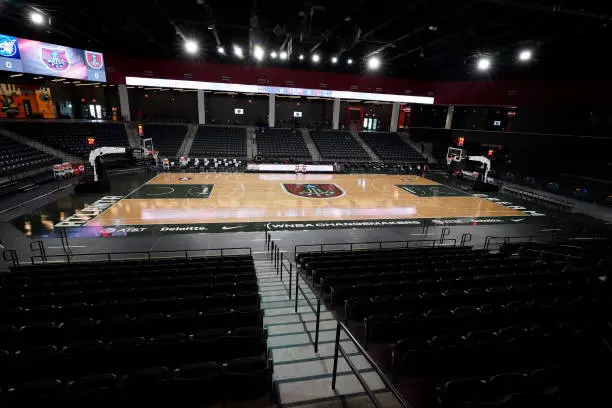
Looking Forward – How to Increase WNBA’s Popularity
The WNBA does not have a pay disparity problem, it has a popularity one. While WNBA players are some of the best female basketball players, they are simply unable to attract the fanship and viewership which the NBA does.
However, there are steps the WNBA can take to alleviate themselves of these troubles. And while some of these steps are a bit radical, clearly losing $10 million a season is not a sustainable business model.
- Lower the rim – one call to increase the action on the court during a WNBA game is to, quite simply, lower the rim by one-foot. The WNBA rim is positioned similar to the NBA, at 10-feet. However, the women’s game already has a smaller basketball. Why not consider lowering the rim and encouraging dunking?
- Play before NBA games – another option to increase popularity and sell tickets is to have certain WNBA games be held before NBA games in the same arena. By doing so, you increase the chances that casual fans are able to attend the game and can gain a further interest in the league.
- Go where the audience is – admittedly, the target audience for NBA and WNBA games may be different. Whereas NBA fans skew male and are generally between the ages of 18-45, WNBA fans skew younger and are more evenly divided amongst men and women. As such, begin offering select games for free on social media platforms such as YouTube, Instagram, TikTok, and even Pinterest.
